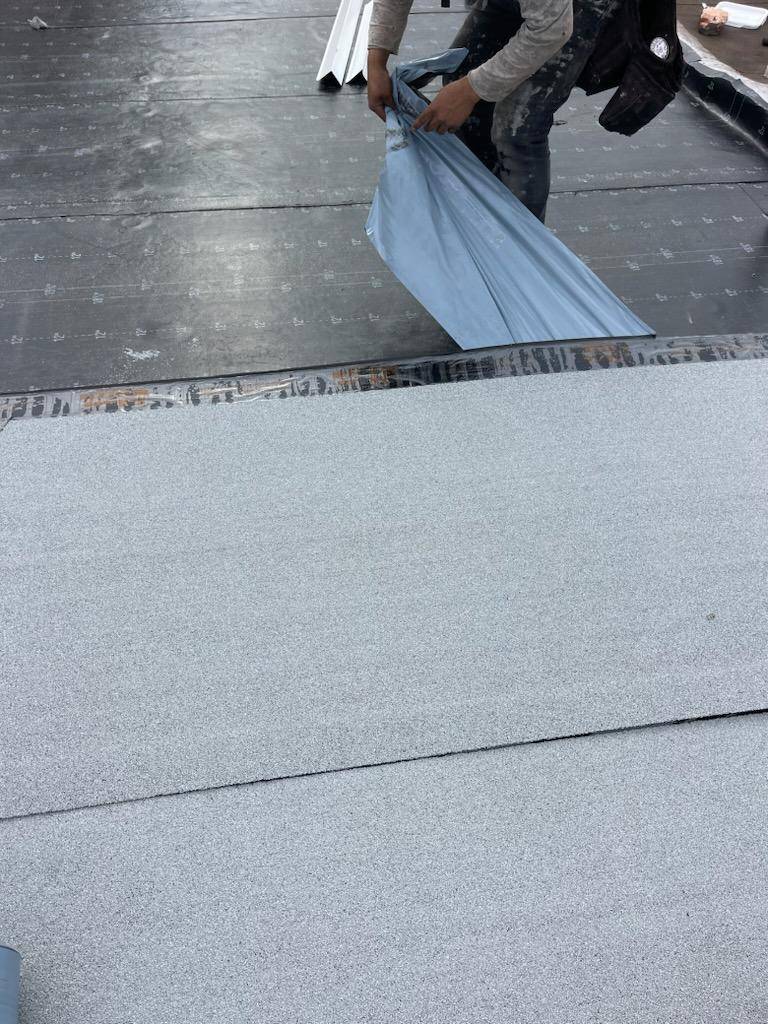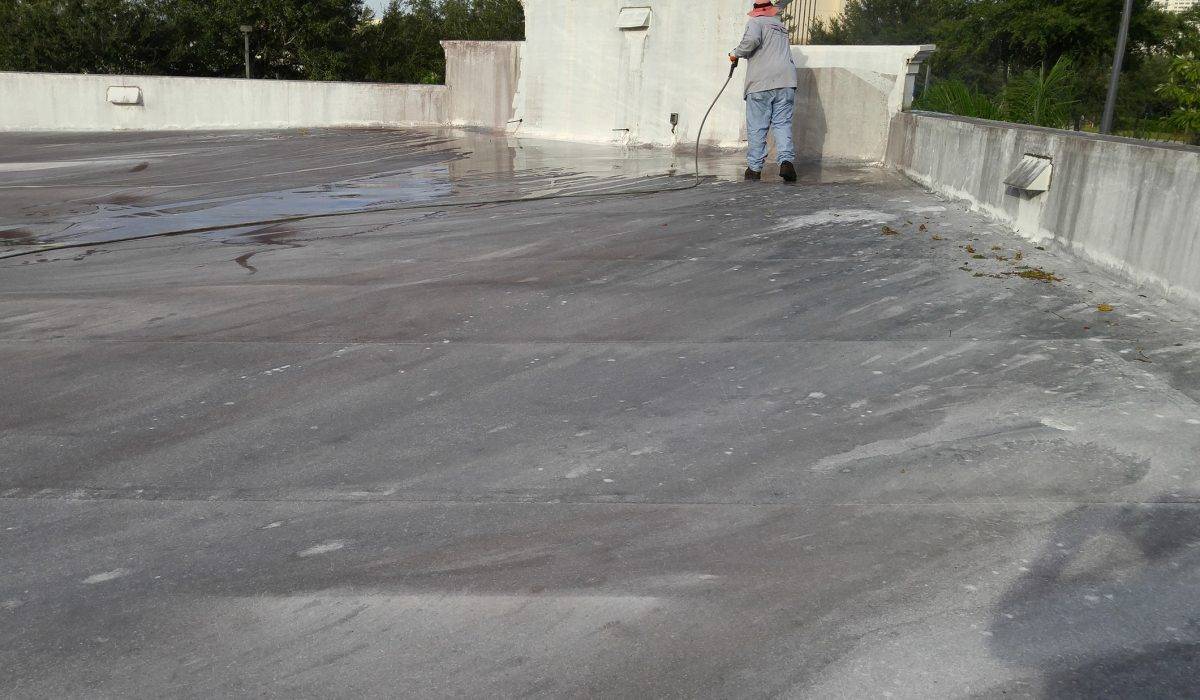Flat Roof Replacement Guide: Best Options & Cost
When it comes to your home or business, a sturdy roof is your first line of defense against the elements. Flat roofs, although different from the more common sloped roofs, offer unique advantages. However, like any roofing system, they require proper maintenance and eventual replacement. In this comprehensive guide, we will walk you through everything you need to know about flat roof replacement, including materials, costs, signs it’s time for a replacement, and why you should trust Harford Roofing & Exteriors with this crucial task. Learn more about our flat roofing expertise on our service page here: https://www.harfordexteriors.com/flat/.
Understanding Flat Roofs
A flat roof, as the name suggests, has a minimal slope, often less than 10 degrees. These roofs are commonly found on commercial buildings, modern homes, and even some older structures. They offer several benefits, including:
Benefits of Flat Roofs
- Cost-Effective: Flat roofs are typically more affordable to install and maintain compared to sloped roofs due to their simpler construction.
- Utilization: They offer valuable extra space for HVAC systems, solar panels, or even a rooftop garden.
- Accessibility: Easier access for maintenance and repair work, which can be especially advantageous for commercial properties.
- Modern Aesthetics: Many contemporary architectural designs incorporate flat roofs for their sleek and modern appearance.
However, flat roofs are not without their challenges, and one of the most significant is their vulnerability to water damage. Proper maintenance and timely replacement are essential to keep your property safe and dry.
Signs It’s Time for Flat Roof Replacement
Understanding when it’s time to replace your flat roof can save you from costly interior damage. Look out for these warning signs:
- Water Infiltration: Frequent leaks or persistent water stains on your ceiling are clear indicators that your roof is no longer watertight.
- Bubbling or Blistering: The presence of bubbles or blisters on the roofing material is a sign of trapped moisture, which can lead to significant damage if not addressed promptly.
- Membrane Damage: If your roofing membrane is cracked, torn, or severely weathered, it may be time for a replacement.
- Sagging: A sagging or uneven roofline can indicate structural issues, necessitating immediate attention.
- Age: Most flat roofs have a lifespan of 20-30 years. If your roof is approaching this age range, it’s wise to start planning for a replacement.
Best Materials for Flat Roofs
Let’s take a closer look at some of the commonly used materials for flat roof replacement:
Single-Ply Membranes
EPDM (Ethylene Propylene Diene Terpolymer): EPDM is a synthetic rubber membrane known for its durability and resistance to UV rays. It’s cost-effective and has a lifespan of 20-30 years. This material is particularly suitable for roofs that require flexibility and weather resistance.
TPO (Thermoplastic Olefin): TPO is a reflective roofing material that offers excellent energy efficiency. It’s also durable and can last 20-30 years. TPO is a popular choice for commercial buildings seeking to reduce cooling costs.
PVC (Polyvinyl Chloride): PVC is another thermoplastic membrane that provides superior resistance to chemicals and pollutants. It typically falls within the 20-30-year lifespan range. PVC is favored for its ability to withstand exposure to industrial environments.
Built-Up Roofing (BUR)
Built-up roofing, often referred to as “tar and gravel,” consists of multiple layers of asphalt-impregnated felt and bitumen. BUR roofing is known for its exceptional strength and durability. Its cost varies from $5 to $10 per square foot. This material can last 20-30 years or more with proper maintenance.
Modified Bitumen
Modified bitumen roofing is an evolution of BUR roofing, featuring added flexibility and ease of installation. It offers a lifespan of 20-25 years and typically costs between $3 to $7 per square foot. This material is especially well-suited for buildings with moderate foot traffic.
Metal Roofing
While more common on sloped roofs, metal roofing can be an option for flat roofs as well. It offers longevity, energy efficiency, and a lifespan of 30-50 years. Costs range from $8 to $12 per square foot, making it a premium option.
Spray Foam
Spray polyurethane foam (SPF) roofing provides excellent insulation and waterproofing properties. It costs approximately $4 to $7 per square foot and can last between 20 to 40 years. SPF is a versatile option, ideal for older roofs that require added protection and insulation.
Flat Roof Replacement Costs
The cost of flat roof replacement can vary widely depending on various factors, including:
Type of Roofing Material
- Single-ply membranes: Typically cost between $3 to $7 per square foot.
- BUR roofing: Costs can range from $5 to $10 per square foot.
- Modified Bitumen: Typically falls in the range of $3 to $7 per square foot.
- Metal Roofing: Can be more expensive, ranging from $8 to $12 per square foot.
- Spray Foam: Costs approximately $4 to $7 per square foot.
Roof Size and Complexity
Larger roofs will naturally incur higher costs. Complex roof designs, such as those with multiple levels, angles, or penetrations, can also increase the project’s complexity and cost.
Removal of Existing Roof
If your old roofing material needs to be removed before installation, this will add to the total cost.
Roof Preparation
Repairing or reinforcing the roof deck may be necessary, which can affect the overall cost.
Labor and Installation
Labor costs can vary by location and the experience of the roofing contractor. Be sure to get multiple quotes to ensure a competitive price.
The Installation Process in Detail
Flat roof replacement is a meticulous process that requires careful planning and execution. Here’s a more detailed breakdown of each step:
1. Roof Inspection
The process begins with a thorough roof inspection. Experienced roofing professionals assess the condition of your existing roof to determine if a replacement is necessary. They look for signs of damage, wear, and structural issues. This inspection is crucial as it forms the basis for the entire replacement project.
2. Removal of Existing Roof
If the inspection reveals that your existing roof needs replacement, the next step is to remove the old roofing material. This can involve removing layers of asphalt, gravel, or other materials. The removal process is not only labor-intensive but also involves disposing of the old material responsibly.
3. Deck Preparation
With the old roofing material removed, the roof deck is exposed. This is a critical step as the deck’s condition directly impacts the new roof’s performance. Any damaged or weakened sections of the deck are repaired or reinforced to ensure a solid foundation for the replacement.
 4. Installation of Roofing Material
4. Installation of Roofing Material
Once the deck is prepared, the installation of the selected roofing material begins. The process may vary depending on the material chosen, but it typically involves securing the roofing membrane or layers using adhesives, fasteners, or other appropriate methods. Care is taken to ensure that seams and edges are properly sealed to prevent water infiltration.
5. Finishing Touches
To ensure the roof is watertight and resilient, flashing, edging, and other necessary features are added. Flashing is used to seal roof penetrations such as vents or chimneys, while edging provides a clean and protective finish to the roof’s perimeter.
6. Final Inspection
Once the new roof is in place, a final inspection is conducted to ensure it meets all quality standards. This includes checking for proper installation, addressing any minor issues, and verifying that the roof is watertight.
Average Lifespan of a Flat Roof
The lifespan of a flat roof varies depending on the material used and the quality of installation. On average:
- Single-ply membranes: 20-30 years
- BUR roofing: 20-30 years
- Modified Bitumen: 20-25 years
- Metal Roofing: 30-50 years
- Spray Foam: 20-40 years
Regular maintenance and timely repairs can extend the lifespan of your flat roof.
The Importance of Proper Maintenance
Regardless of the material you choose for your flat roof replacement, regular maintenance is essential to prolong its lifespan and prevent costly repairs. Here are some maintenance tips:
- Annual Inspections: Have your roof inspected by professionals at least once a year to identify and address any issues early.
- Clear Drains and Gutters: Keep drains and gutters free of debris to prevent water from pooling on your roof.
- Seal Gaps and Cracks: Inspect and seal any gaps, cracks, or punctures in the roofing material promptly.
- Trim Overhanging Branches: Trim trees near your flat roof to prevent branches from damaging the surface.
- Monitor for Ponding Water: Address any areas where water tends to pond on the roof, as prolonged ponding can lead to leaks and structural damage.
The Latest in Flat Roof Technology
Flat roof technology is continuously evolving to improve durability, energy efficiency, and sustainability. Some recent advancements include:
- Cool Roofing: Reflective roofing materials reduce heat absorption, making buildings more energy-efficient.
- Green Roofing: Living roofs with vegetation provide natural insulation and absorb rainwater, reducing runoff.
- Solar Roofing: Integrated solar panels can harness renewable energy while protecting your property from the elements.
- Smart Roofing Systems: Roofing technology that integrates with building automation systems for better climate control and energy management.
Why Choose Harford Roofing & Exteriors
When it comes to flat roof replacement, entrusting the job to professionals like Harford Roofing & Exteriors can make all the difference. Here’s why:
- Experience: Our team has years of experience in flat roof replacement, ensuring a quality result.
- Quality Materials: We use the best materials available to ensure your new roof’s longevity and performance.
- Efficiency: We complete projects efficiently, minimizing disruption to your home or business.
- Warranty: Our work is backed by warranties, giving you peace of mind.
- Local Expertise: As a Northern Maryland-based company, we understand the unique needs of the region and its weather challenges.
Reach Out to Us Today
Flat roof replacement is a significant investment in your property’s longevity and safety. Understanding the signs that it’s time for a replacement, the materials available, and the costs involved can help you make an informed decision. Remember, the key to a successful flat roof replacement is choosing the right materials and an experienced roofing contractor. Harford Roofing & Exteriors is here to guide you through the process, ensuring a quality replacement that stands the test of time. Don’t wait until your flat roof becomes a liability; reach out to us today for a consultation and estimate.

